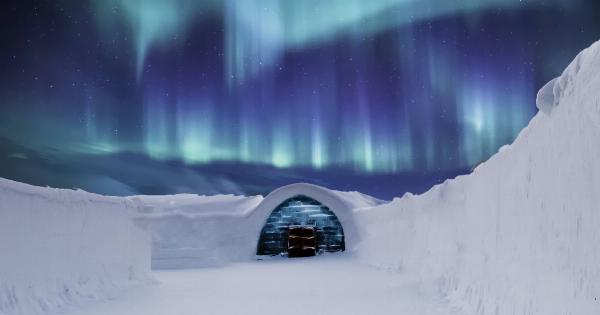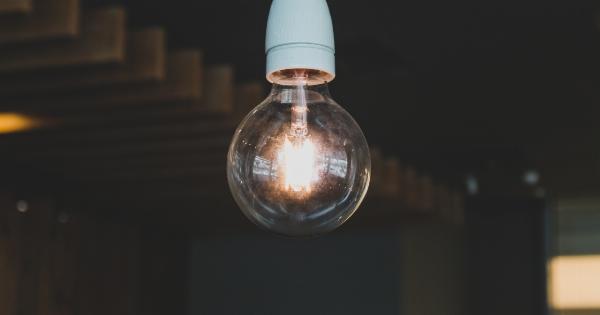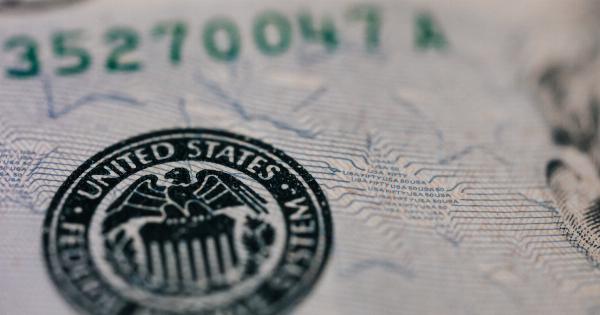Migraine headaches are a common neurological disorder characterized by intense, pulsating headaches that are often accompanied by nausea, vomiting, and sensitivity to light and sound.
While the exact cause of migraines is not fully understood, research suggests that changes in atmospheric pressure can play a significant role in triggering or exacerbating these debilitating headaches.
What is Atmospheric Pressure?
Atmospheric pressure, also known as barometric pressure, refers to the force exerted by the weight of the Earth’s atmosphere on a given surface. It is influenced by various factors, including elevation, weather patterns, and temperature.
Changes in atmospheric pressure occur as a result of weather fluctuations, such as the movement of high and low-pressure systems.
The Link Between Atmospheric Pressure and Migraine Headaches
Many individuals who suffer from migraines report that changes in atmospheric pressure can trigger their headaches.
Research has shown that a decrease in atmospheric pressure, often associated with approaching storms or changes in weather patterns, can be particularly problematic for migraine sufferers.
One possible explanation for this link is the impact of atmospheric pressure on blood vessels. It is believed that changes in pressure can cause alterations in blood flow, potentially affecting the brain and causing migraine attacks.
Additionally, atmospheric pressure changes can also lead to imbalances in certain chemicals in the brain, such as serotonin, which is known to play a role in migraines.
Furthermore, changes in atmospheric pressure can also induce sinus inflammation, which is a common trigger for migraines in some individuals.
When the pressure drops, the sinuses may become congested, leading to pain and discomfort that can trigger or worsen a migraine headache.
Studies on Atmospheric Pressure and Migraines
Several studies have been conducted to explore the relationship between atmospheric pressure and migraines. One study published in the journal Headache examined the impact of weather conditions on migraines in a group of 7,054 participants.
The researchers found that low barometric pressure, high humidity, and high wind speed were significantly associated with an increased risk of migraines.
Another study published in the journal Neurology investigated the effects of changes in atmospheric pressure on migraine frequency and severity in 77 migraine patients.
The results showed that nearly 75% of the participants reported atmospheric pressure changes as a trigger for their migraines.
While these studies provide valuable insights into the relationship between atmospheric pressure and migraines, more research is still needed to fully understand the complex mechanisms involved.
Managing Migraines Triggered by Atmospheric Pressure
For individuals who experience migraines triggered by atmospheric pressure changes, managing their condition can be challenging. However, certain strategies may help reduce the frequency and severity of migraines:.
1. Track Weather Patterns
Keeping a migraine diary and tracking weather patterns can help identify specific atmospheric pressure changes that trigger migraines. This information can then be used to anticipate and prepare for potential headache episodes.
2. Take Preventive Medications
In some cases, physicians may recommend preventive medications to individuals who experience frequent or severe migraines triggered by atmospheric pressure changes. These medications can help reduce the frequency and intensity of migraine attacks.
3. Practice Stress Reduction Techniques
Stress is known to worsen migraines, so practicing stress reduction techniques such as meditation, deep breathing exercises, or yoga can help manage the impact of atmospheric pressure changes on migraines.
4. Maintain a Consistent Sleep Schedule
Disruptions in sleep patterns can trigger migraines in some individuals. Maintaining a consistent sleep schedule and ensuring adequate sleep can help prevent migraine attacks triggered by atmospheric pressure changes.
5. Stay Hydrated
Dehydration can exacerbate migraines, so it is important to stay hydrated, especially during times of atmospheric pressure changes. Drinking plenty of water throughout the day can help prevent headaches.
Conclusion
Migraine headaches can significantly impact the quality of life for those who suffer from them.
While the exact cause of migraines is still not fully understood, there is growing evidence to suggest that changes in atmospheric pressure can play a role in triggering or worsening these debilitating headaches. By understanding the link between atmospheric pressure and migraines, individuals can take steps to manage their condition and minimize the impact of weather-related triggers.






























